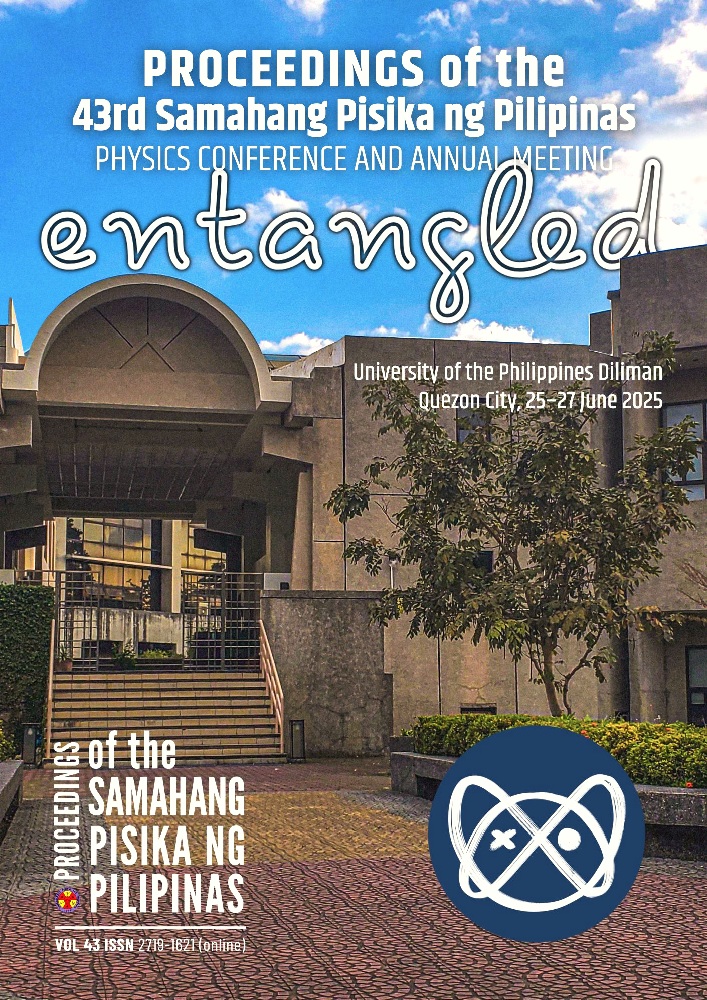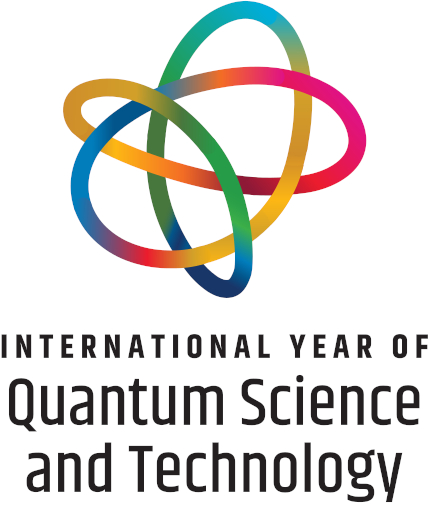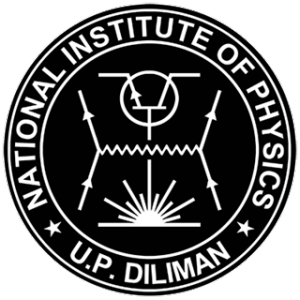Integration of graphene-based superconducting quantum circuits in a three-dimensional cavity
Abstract
Integrating two-dimensional (2D) materials into circuit quantum electrodynamics (cQED) devices is an emerging field in recent years. This integration not only facilitates the exploration of potential application in quantum information processing but also enables the study of material’s fundamental properties using microwave techniques. While most studies employ 2D coplanar architectures with scalability potential, three-dimensional (3D) cavity-based cQED devices, due to their simpler design, offer the advantage of a quicker turnaround to probe the composite Josephson junctions (JJs). Here, we construct the 3D cavity-compatible superconducting quantum circuit based on 2D materials, featuring a graphene superconducting quantum interference device (SQUID) shunted by a capacitor that is accessible by both dc and microwave probes. Our platform can extend to topological materials, holding the prospect of establishing valid topological JJs with a dc probe while allowing a fast microwave probe to avoid quasiparticle poisoning.
Downloads
Issue
Entangled!
25-28 June 2025, National Institute of Physics, University of the Philippines Diliman
Please visit the SPP2025 activity webpage for more information on this year's Physics Congress.
SPP2025 Conference Organizers
SPP2025 Editorial Board
SPP2025 Partners and Sponsors











